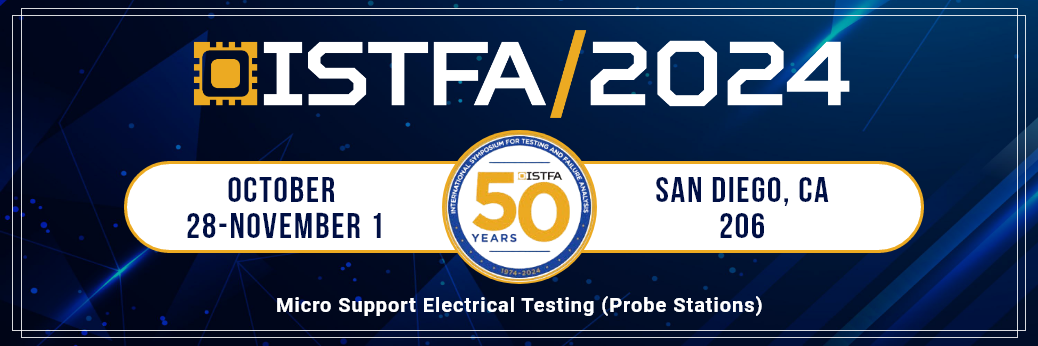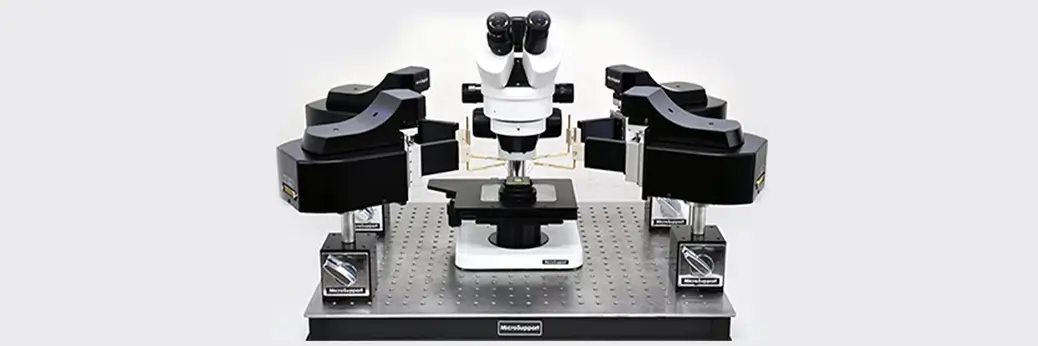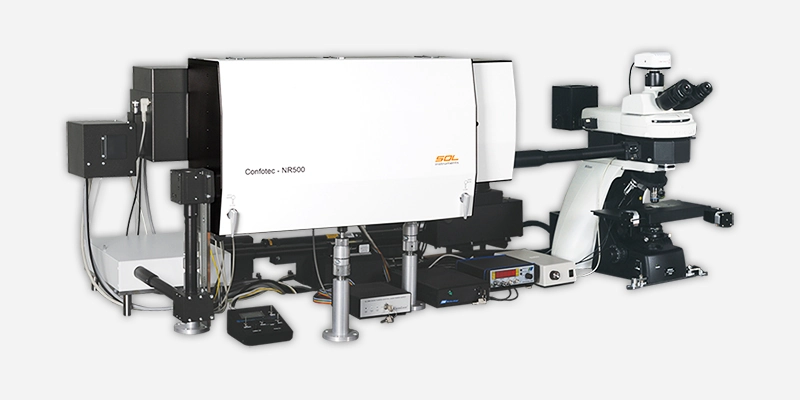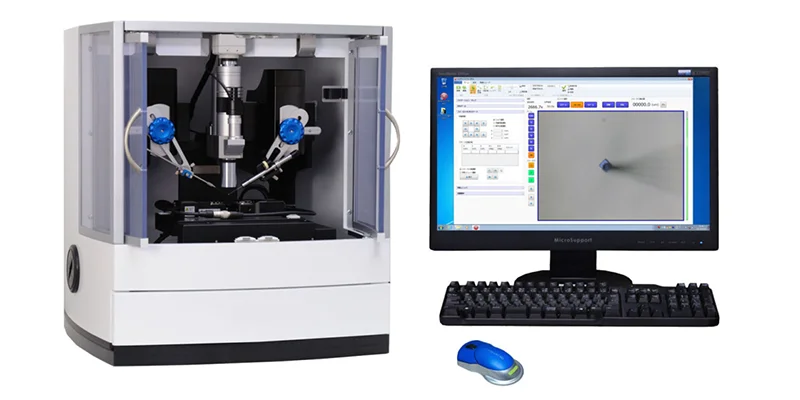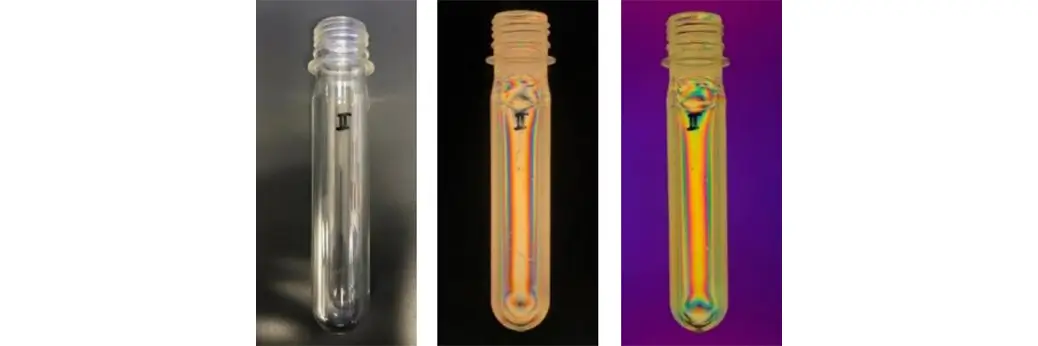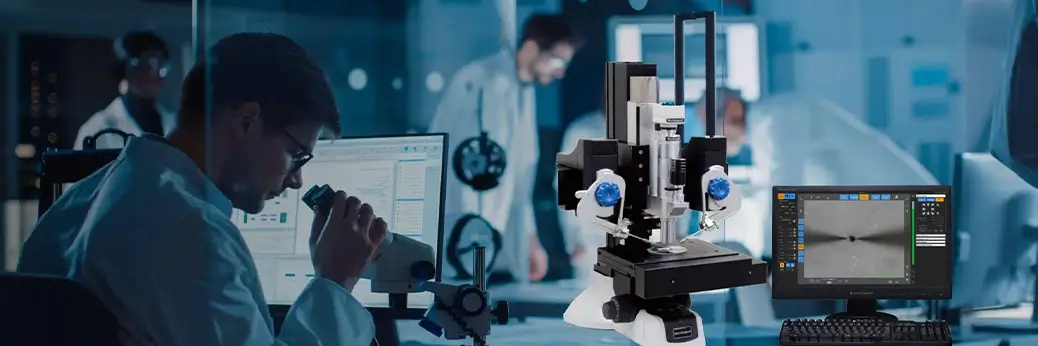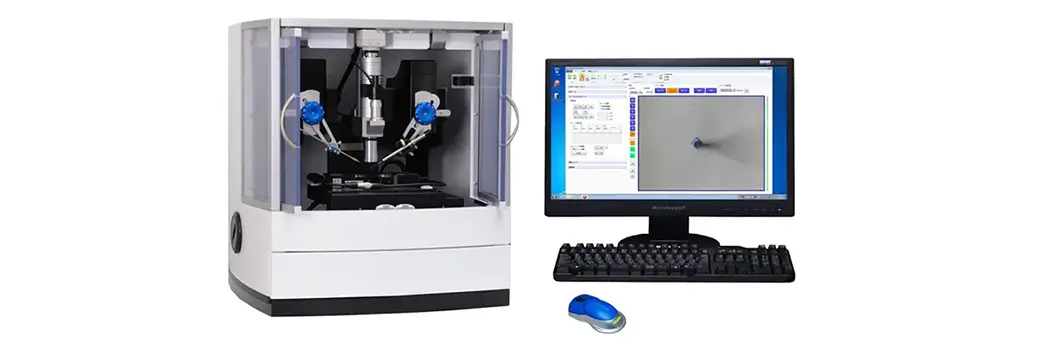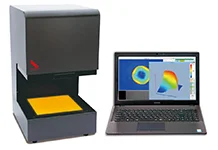Residual stress is a part of the total stress when an external load is applied to an object. This stress remains inside even after the load is removed. Measuring the residual stress in glasses and plastics is necessary to understand the structural properties . they may offer to a product if they are deformed due to heat, strain or likely to break, and how evenly stress is distributed throughout the sample. An accurate strain analysis of various glass and plastic types is useful in many applications ranging from semiconductor chips to glassware, especially in selecting the right materials. It is challenging to detect any deformities due to strain without using credible and advanced techniques, which show you minute details of where possible strain could be in a glass or plastic piece. Advanced spectroscopic instruments such as polariscope strain viewers play an important role in this regard. This post discusses the importance of polariscopes as an advanced evaluation technique in measuring strain in low-phase difference samples.
Understanding Low Phase Difference of Light
Key points to understand phase differences, and their significance, examples, and applications:
- Phase differences in linear polarization refers to the distance between the crests and troughs of a light wave as it propagates its way.
- This phase difference will be zero degrees if the crests and troughs of two light ways align, which means the waves are in phase. If this difference is 180 degrees, the two waves are said to be out of phase, which means when one wave goes through the crest the other has a trough. Understanding this phase difference is crucial in many optical applications, such as wave plates and retarders.
- When light passes through an object or a sample, its speed changes based on the material’s refractive index, resulting in a phase shift between the waves.
- Low phase difference refers to the minimal phase shift as the light wave passes through an object. It means there is minimal or no alteration in the light properties after the light wave exits the object. Such low phase difference is helpful in many applications such as polarized sunglasses and cameras, LCD screens, optical lenses, and so on.
- Low phase difference helps reduce glare and enhances clarity and visibility. Typically, materials with low birefringence, such as glass, help achieve a low phase difference. Some common examples of low phase difference include semiconductor wafers and colored glass.
- Semiconductors, especially the ones used in optical devices, optoelectronics, and photonics, are carefully manufactured to ensure minimal surface roughness, interference stability, uniform thickness, and more to achieve low phase difference.
- Colored glass also may have certain impurities, and hence needs to be engineered to achieve low phase difference, especially in applications such as stained glass, lenses, optical filters, and more.
Challenges in Strain Detection
Some challenges in strain detection by methods other than polariscopes, include:
- Detecting exact strain in low phase difference samples can be challenging because the crests and troughs of the light wave passing through show minimal variation.
- Most other methods may not yield the level of precision and accuracy required, especially for glass or semiconductor applications.
- Some strain portions may be missed out, which may directly impact the product quality. For instance, if even a slightly deformed glass is used in sunglasses, it will lead to poor or hazy visibility, may affect the users’ eyes, and lead to product recalls.
- There is a growing importance for precise and sensitive measurement techniques across applications, and using a polariscope strain viewer can overcome these challenges.
Advanced Evaluation Techniques with Polariscope Strain Viewers
Polariscope strain viewers aide in the precise and accurate measurement of samples.
- The polariscope strain viewer facilitates a non-destructive and highly accurate method to measure strain and structural defects in detail in various transparent materials such as glass and plastic. It accurately reports the direction of stress in addition to the degree of stress as reflected by the optical retardation.
- A polariscope consists of two crucial components – a light source that emits polarized light and polarizing filters that control the orientation of the light. When the polarized light interacts with a material, it changes intensity and color, thus showing in detail the internal stresses within the material, which otherwise may have gone unnoticed. This detailing allows analysts to map and measure the strain distribution across the material precisely.
- These polariscopes are supported by a robust data analysis software that provides images of the magnitude and direction of the optical retardation induced by strain.
- Polariscopes have various modes to detect scratches, dents, foreign objects, and more on the sample.
- Polariscopes measure birefringence and retardation values in a transparent sample. The retardation values can be used to determine the strain in the sample using the rotating analyzer method. Polarized light passes through the sample and then through another polarizer at a series of angles. The light passing through both polarizers falls on a CCD to provide XY data on the sample. By combining the data from all the angles of the second polarizer, the retardation may be calculated.
Benefits for Researchers and Manufacturers
Polariscope strain viewers offer tremendous benefits in terms of accuracy and precision for both research and manufacturing. Here are some pointers.
- Polariscopes offer precision, sensitivity, and accuracy when detecting minute strains in low-phase difference samples, which holds importance for high-precision applications.
- They are easy to use with a user-friendly interface and facilitate automated data collection and analysis because of the inbuilt software. You can connect it to your computer to check the graphical and other data for further analysis.
- These versatile instruments are portable and designed to use across environments from research labs to production floors to measure varied sample sizes and materials
Applications in Research and Manufacturing
Here are some application areas of polarizing strain viewers, especially in research and manufacturing segments.
- Semiconductors
- Quality control and assurance
- Detection of defects and inconsistencies in glass, plastics, and more
- Colored glass manufacturing
- Ensuring structural integrity and performance of samples
- Identifying stress points and potential failure areas
- Scientific Research
- Materials science research
- Detailed strain mapping for new material development
If you have any questions about using polariscope strain viewers in your semiconductor or glass application or need to know about custom options or anything else, you can consult the team at Barnett Technical Services. The company is an authorized distributor for various models of spectroscopy equipment, such as polariscopes made by Luceo.
Related Products:
LSM-9002LE: Strain measurement in the visible across a 175×175 mm area
LSM-9002S: Strain measurement in the visible with a variable field of view for 10-10 to 60×60 mm
LSM-9001NIR: Near-IR system to measure strain in semiconductors
LSM-9100WNIR: Near-IR system to measure strain in resins and other plastics

